Henna tattoo applications or design, also known as 'mehendi' are popular form of temporary tattoos. Famous for their creative eye-catching designs, henna tattoos make use of a paste from the powdered leaves of Lawsonia Inermis, the Henna Plant. The dye of henna, called lawsone, blends very well with the keratin in the skin, hair and fingernails.
Although conventional henna tattoos are drawn intricately but delicately on the hands and feet; modern henna applications can be in the form of designs done anywhere on the body. Compared to temporary tattoos, henna does not use full range of colors, but uses shades of reds and browns. Once henna is applied, it is left on the skin for a few hours to stain. The stain fades away gradually when the skin sheds. Henna tattoos can last from days to months depending on how you apply them and maintain them
Though henna or 'mehendi' has been used traditionally in South Asia, Southwest Asia and North Africa, they became popular in the West in the 90s. Henna, used specially on occasions like marriages in India, are applied on brides during weddings, on their palms and feet, because these are the areas where the Henna effect is more vibrantly seen, because of the high amount of keratin in the skin. Even bridegrooms in places like India, Bangladesh, Pakistan, Nepal and Sudan have their hands and feet elaborately decorated with Henna just like their brides. The application of Henna tattoos is not restricted to marriages; they can be used for special occasions like festivals, engagements, family get-togethers, social events and to celebrate the birth of a child.
Henna tattoo applications differ from actual tattoos which are in the form of permanent insertion of pigments below the skin. In the Henna application, the pigments rest on the surface of the skin. Henna paste is normally applied on the skin with the help of a plastic cone or a paint brush. Sometimes, a jacquard bottle with a metal tip that is used for silk painting, can be used. The area of the skin that is painted is covered with plastic, medical tape or tissue to absorb body heat, which results in more vibrant color on the skin. The wrap should be worn overnight and the resultant color which is reddish brown can last from two weeks to 50 days depending on the kind of paste you use.

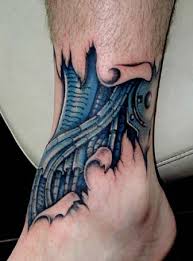
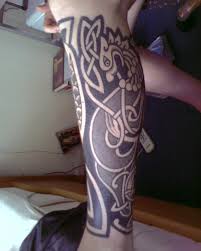

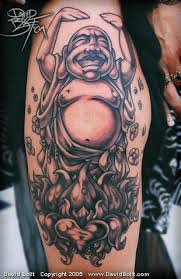


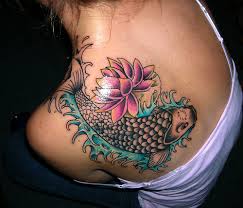
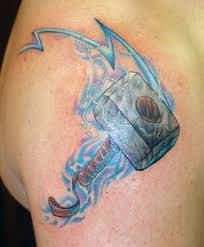

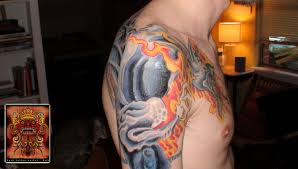


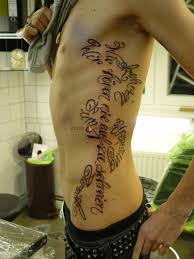


No comments:
Post a Comment